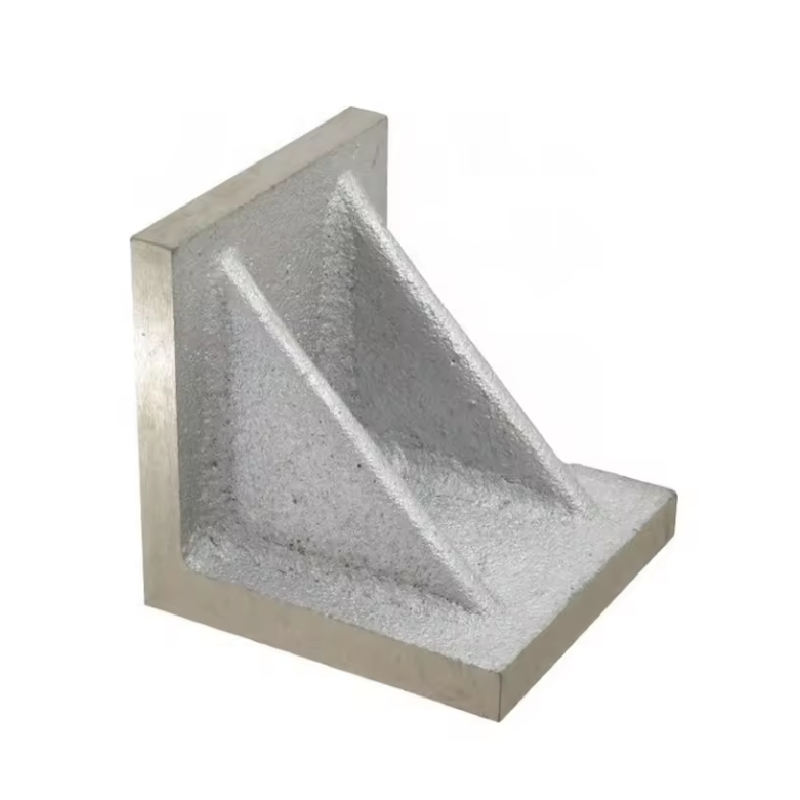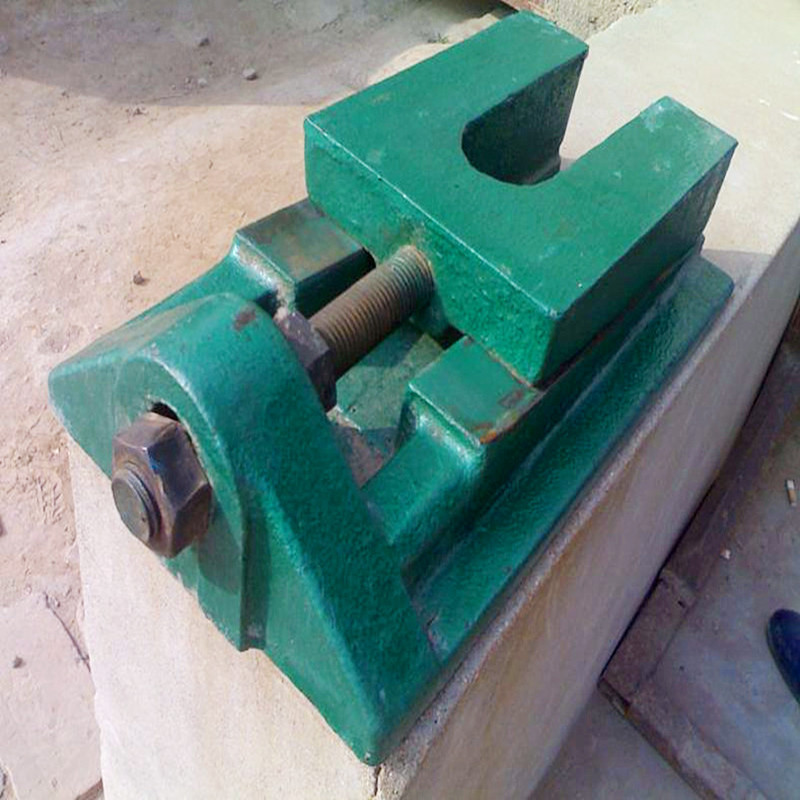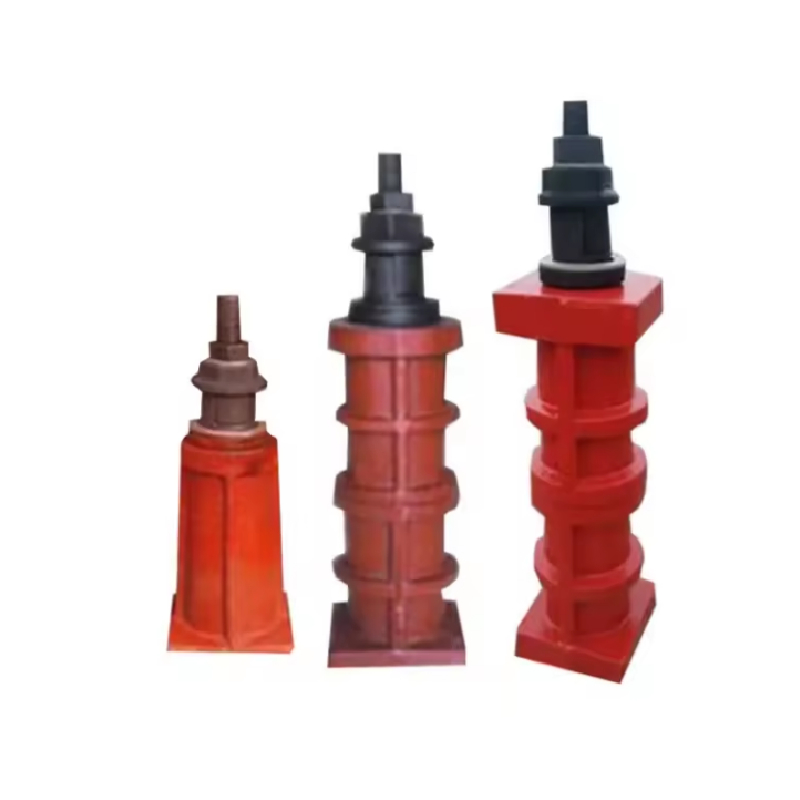Noy . 21, 2024 11:40 Back to list
vertical guide rails
Vertical Guide Rails Enhancing Precision and Stability in Engineering
In the realm of engineering and manufacturing, vertical guide rails play a pivotal role in ensuring precision, stability, and reliability in various applications. These structural components are essential for the seamless operation of machinery and equipment, particularly in industries ranging from construction to robotics. Understanding the function and importance of vertical guide rails can provide insights into their widespread use and the technological advancements that continue to enhance their design and functionality.
Vertical guide rails are essentially linear components that provide a path for movement. They are designed to facilitate the smooth vertical motion of objects, such as elevator systems, conveyor belts, and automated robotic arms. The primary function of these rails is to ensure that the moving parts maintain their alignment and positioning, thereby reducing the likelihood of wear, tear, and mechanical failure.
One of the key advantages of using vertical guide rails is their ability to enhance precision in movement. In industrial settings where accuracy is vital, even the slightest misalignment can lead to significant errors in production. Vertical guide rails minimize this risk by offering a stable pathway that components can follow. As a result, machinery operates more reliably, and the quality of the output is improved. For instance, in CNC (computer numerical control) machines, vertical guide rails are crucial for ensuring that cutting tools maintain the correct path and angle, leading to high-quality finished products.
vertical guide rails

Moreover, vertical guide rails contribute to the overall safety of machinery. By providing a steady support structure, they help prevent accidents that can occur due to sudden shifts or failures in equipment. In elevator systems, for example, guide rails are integral to ensuring that cars travel safely between floors without deviation. This is particularly important in high-rise buildings where elevator malfunctions can pose severe risks to passengers.
The design and materials used in vertical guide rails have evolved significantly with advancements in technology. Traditionally made from steel or aluminum, modern guide rails often incorporate composite materials that offer lighter weight and increased durability. These materials not only reduce the overall load on machinery but also enhance resistance to corrosion and wear, extending the lifespan of the components.
Additionally, the implementation of advanced manufacturing techniques, such as laser cutting and precision forging, has allowed for more intricate designs that can better fulfill specific engineering requirements. Customization options have also become more prevalent, enabling engineers to design guide rails tailored to particular applications, further optimizing performance and functionality.
In conclusion, vertical guide rails serve as critical components in the engineering industry, aiding in the precise and safe movement of machinery and equipment. Their ability to enhance stability and reduce errors makes them invaluable in high-stakes environments where precision is non-negotiable. As technology continues to advance, the materials and designs of vertical guide rails will likely evolve, further improving their efficiency and effectiveness. Understanding their significance not only helps underscore their role in modern manufacturing but also highlights the ongoing innovation that drives the industry forward.
-
thread-plug-gauge-our-promise-of-measurement-excellenceNewsAug.22,2025
-
gauge-pin-class-reflecting-quality-legacyNewsAug.22,2025
-
check-valve-types-for-high-rise-buildingsNewsAug.22,2025
-
water-control-valve-for-irrigation-systemsNewsAug.22,2025
-
gate-valve-with-soft-seal-technologyNewsAug.22,2025
-
y-type-strainer-for-oil-and-gas-applicationsNewsAug.22,2025
Related PRODUCTS









